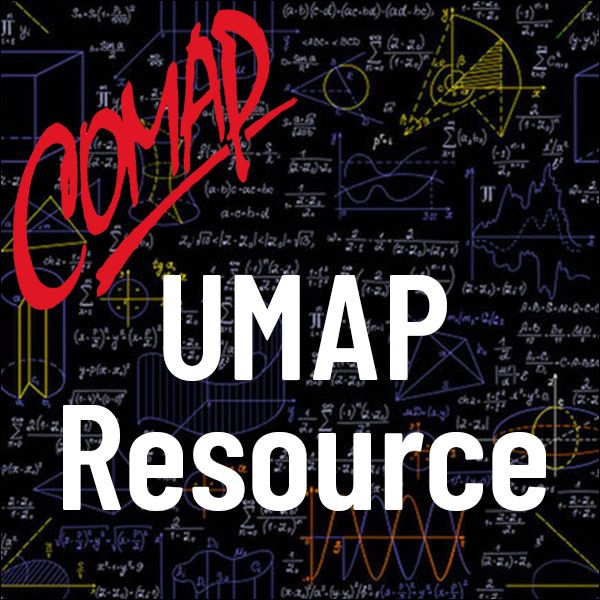Digital Signatures
Author: A.R. Meijer
When you receive a letter that apparently was sent by your acquaintance John Smith, how do you know that he is indeed the sender? The answer is obvious: You verify that the signature at the bottom of the letter looks like his, has not been changed from someone else's, and forms an integral part of the letter (for example, it has not been cut out of some other letter that he signed, and pasted on). Under these circumstances, you are justified in concluding that it was indeed John Smith who sent it; and consequently, you are entitled to hold him to any promises he makes and undertakings he gives in his letter. Moreover, any outsider will agree with you, unless John Smith can prove that there are other people who can forge his signature; in some circumstances, John might even try to prove that you yourself can do so, and that you forged his signature on the letter (which you wrote to yourself) in order to gain some benefit at his expense.

Mathematics Topics:
Application Areas:
You must have a Full Membership to download this resource.
If you're already a member, login here.